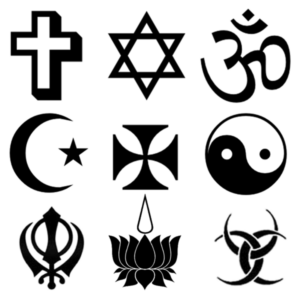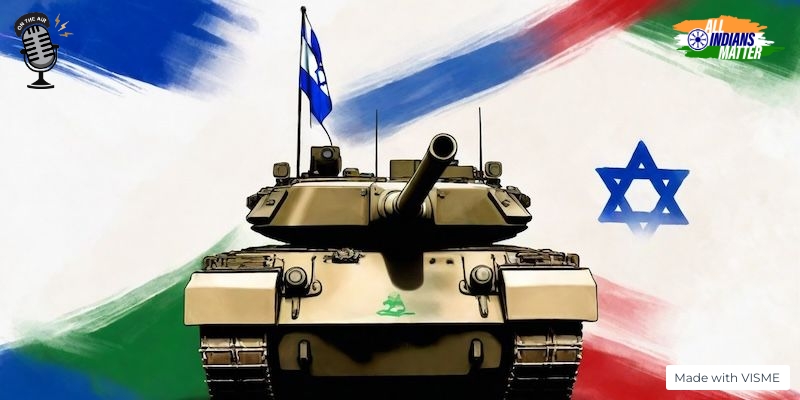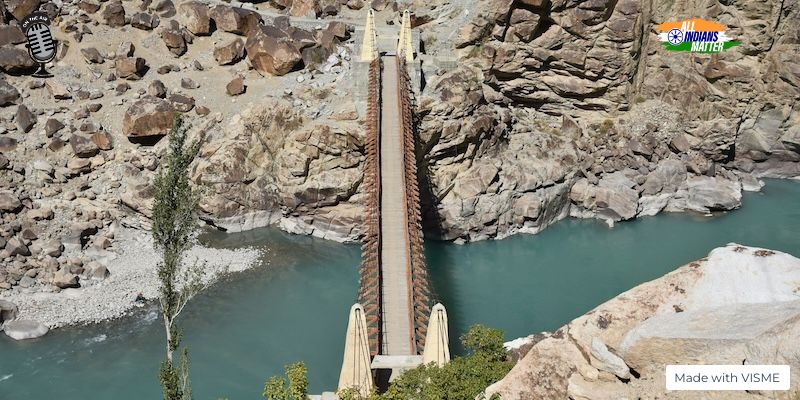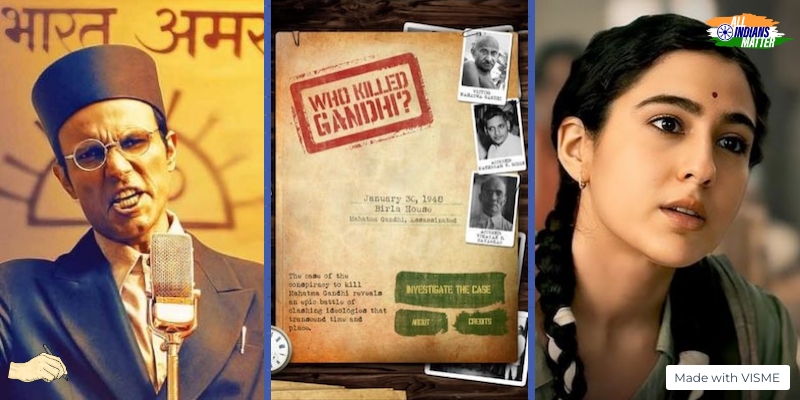By Ashraf Engineer
May 4, 2020
If you believe that the best indicator of a democracy crumbling is the erosion of rights, then three seemingly unrelated occurrences over the past few days should make you sit up and take notice.
First, India slid two ranks on the World Press Freedom Index to 142 – 180 countries were listed – on the back of “constant press freedom violations, including police violence against journalists, ambushes by political activists, and reprisals instigated by criminal groups or corrupt local officials”. The index compiled by Reporters Without Borders (RWB) went on to say that “pressure on the media to toe the Hindu nationalist government’s line has increased” ever since the Narendra Modi government was re-elected in 2019.
Second, the same Paris-based global media watchdog said India was among the world’s worst digital predators in 2020. The list includes a range of offenders, from countries that deprive citizens of digital access to those with agencies that use digital technology to spy on and harass citizens and journalists.
Third, the bipartisan US Commission on International Religious Freedom urged the State Department to add India to its list of nations doing abysmally on protecting freedom to worship. Proposing to designate India as a “country of particular concern”, the commission’s report also amounted to strong disapproval of the Citizenship Amendment Act (CAA) – the discriminatory citizenship law that that sparked protests across the country.
Taken together, this is a three-pillared bellwether of the state of liberties in India.
The assault on journalism
Though no journalists were murdered in 2019, the press freedom index report said there was a worrying rise in Hindutva believers’ efforts to shove whom they considered anti-national out of the national debate. This was coupled with hate campaigns that often called for journalists’ rape or murder. The report indicated that the threat of violence rose when it came to women.
India’s position on the index was influenced by the shuttering of Kashmir after the withdrawal of Article 370 that granted it a measure of autonomy, the squeeze on phone and internet services as well as the application of the Unlawful Activities (Prevention) Act, or UAPA, an anti-terrorism law under which anyone can be designated a terrorist and jailed for up to seven years.

Press censorship, not new to the state, has only intensified.
For instance, the police charged photojournalist Masrat Zahra under the UAPA on April 20 for a 19-month-old Facebook post. The police refused to designate Zahra, who’s produced stories for the likes of ‘The Washington Post’, as a journalist, instead terming her a ‘Facebook user’. As evidence, they pointed to a screen grab of a photograph taken by Zahra posted on her Instagram account in September 2018.
The photo – which belongs to Getty Images – shows protestors holding aloft a poster of insurgent Burhan Wani, who was killed in a shootout a few years ago.
The UAPA is a controversial law that allows for a wide interpretation that leaves almost everyone open to a charge. It is fuzzy about “unlawful activity” as well as inviting “support” for terrorist organisations without defining it. The reporting of facts or analysis critical of the government could be interpreted as a violation of the act.
The assault on digital rights
The list of digital predators, released on World Day Against Cyber-Censorship, noted India’s frequent disconnection of the internet as well as the communications blockade in Kashmir. The report noted: “India is the country that most uses Internet shutdowns – a total of 121 in 2019.”
The list divided the predatory activities into: harassment, state censorship, disinformation or spying and surveillance. It noted that private companies or informal entities intimidated, harassed and attempted to censor journalists in different ways.
Harassment of journalists in India ranged from social media humiliation to threats of rape and murder. Among the targets was journalist Rana Ayyub, who conducted a sting operation uncovering state support for the 2002 riots in Gujarat. These threats have continued despite international calls for her protection.
The assault on religious liberty
 The US Commission on International Religious Freedom proposed that India be clubbed with the ranks of the worst religious freedom offenders. If this happens, it could even lead to sanctions.
The US Commission on International Religious Freedom proposed that India be clubbed with the ranks of the worst religious freedom offenders. If this happens, it could even lead to sanctions.
That, however, is unlikely in a world dealing with the health and economic fallout of the coronavirus pandemic. Additionally, the US executive branch doesn’t seem interested as indicated by President Donald Trump’s refusal to criticise the CAA during his February visit to India – at a time when protests against it were raging across the country.
The commission, however, goes beyond the CAA, pointing to a broader “move toward clamping down on religious minorities that’s really troublesome”.
The Modi government responded predictably, calling the commission “biased”. “We regard (the commission) as an organisation of particular concern and will treat it accordingly,” a spokesperson said.
The coronavirus pandemic and lockdown have also incubated bigotry in many instances. From the denial of medical treatment to some Muslims to ruling Bharatiya Janata Party lawmakers in some states urging constituents not to patronise Muslim vendors, several cases of discrimination and targeting are coming to light. The inaction or half-hearted rebukes by authorities and political seniors seems to indicate tacit approval.
Cumulatively, the three make for a multi-pronged peril to India’s freedoms and indeed democracy itself. For, if a democracy does not adequately protect the freedoms of speech, security and religion, what in fact is its reason for being?
Pictures courtesy: Reporters Without Borders, Wikimedia, Unsplash






